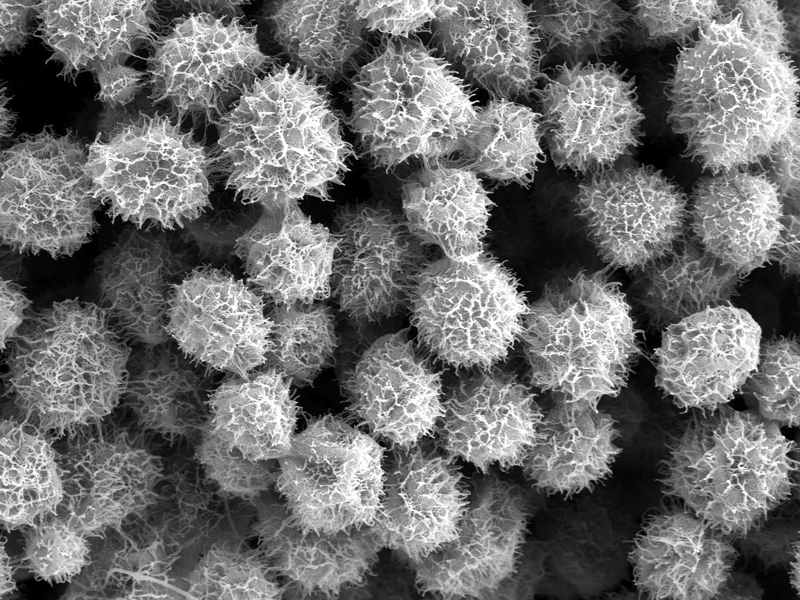Combating Brain Inflammation: Investigating the Role of Phosphatases in Fungi
Scientists reveal the functions of 31 phosphatases that enable fungus Cryptococcus neoformans to survive while infecting its host.
Cell signalling is the process through which cells of human bodies, and those of other higher organisms or “eukaryotes” (including pathogens), respond appropriately to changes in the environment. Proteins called kinases and phosphatases control the on-off switches of signalling pathways: phosphorylation and dephosphorylation, respectively. It is known that almost 20-30% of eukaryotic proteins are regulated by this post-translational process. While biologists have studied kinases extensively, phosphatases are less well understood.
Now, in a new study, researchers from Yonsei University of Seoul, South Korea, including Prof. Yong-Sun Bahn (Biotechnology), decided to perform a large-scale investigation of phosphatases in a pathogenic fungus, Cryptococcus neoformans, the organism that causes the meningoencephalitis, or brain inflammation, which kills over 180,000 people a year.
 The fungus Cryptococcus neoformans causes life-threatening brain inflammation, and new research on its signalling pathways could help develop more effective drugs to treat this fungal infection. (Photo courtesy: Prof. Yong-sun Bahn)
The fungus Cryptococcus neoformans causes life-threatening brain inflammation, and new research on its signalling pathways could help develop more effective drugs to treat this fungal infection. (Photo courtesy: Prof. Yong-sun Bahn)
“There have been a few studies identifying the functions of phosphatases in other fungi that cause diseases, and this knowledge could help us uncover new drugs to treat those diseases,” explains Prof. Bahn. Phosphatases are important for maintaining steady conditions inside cells through their control of signalling pathways affecting metabolism and growth. So, disrupting those pathways by targeting and inhibiting phosphatases means you can stop the pathogen from infecting a host.
The research group created a “library” of C. neoformans strains that have been individually mutated in each of the 114 phosphatase genes. These mutant fungi were then grown under 30 different environmental conditions to see how they responded; this would give researchers an idea about what the different phosphatases did inside the fungi. For example, if a certain mutant strain was grown under higher temperatures, but did very poorly, that suggests the mutated phosphatase is involved in regulating heat response. The researchers also tested the mutant fungi on insects and mice to determine how infectious and virulent they were.
In total, Prof Bahn and colleagues identified 31 phosphatases involved in causing the disease. They helped C. neoformans survive high temperatures and tolerate other stressful environments. Other functions undertaken by the phosphatases included the production of melanin and capsule protein, which are important for protecting the fungus against the host defences. Importantly, the scientists also identified phosphatases that participate in pathways that allow C. neoformans to cross the blood-brain barrier and reach the brain, explaining how the fungus causes inflammation.
 Prof. Yong-sun Bahn at his research office
Prof. Yong-sun Bahn at his research office
“This is a big discovery because of its medical implications,” suggests Prof. Bahn when asked about the societal impact of their findings. “Our research on phosphatases can be integrated with previous work characterizing other parts of fungal signalling pathways, such as kinases and transcription factors.” In essence, this study provides a clearer, more holistic understanding of the signalling pathways that allow pathogens like C. neoformans to successfully infect their hosts. The research team is also gaining new options for treatment of fungus-related infectious diseases, because the identified genes are potential targets for antifungal drug development.
Updated October 2020
Recommended Articles
Professor Myeong Min Lee
A QUIRKY twist of fate: understanding epidermis cell differentiation in plants
Professor Jihyun F. Kim
Microbial Mercenaries for Plant Disease Resistance Ungrounded